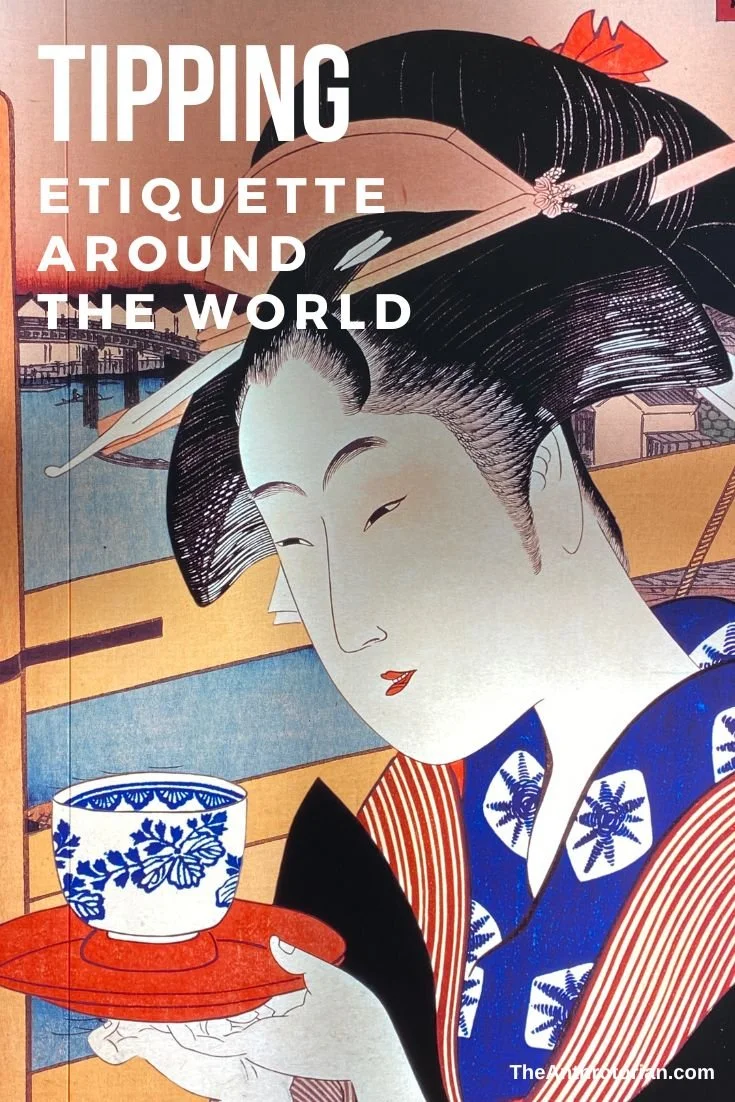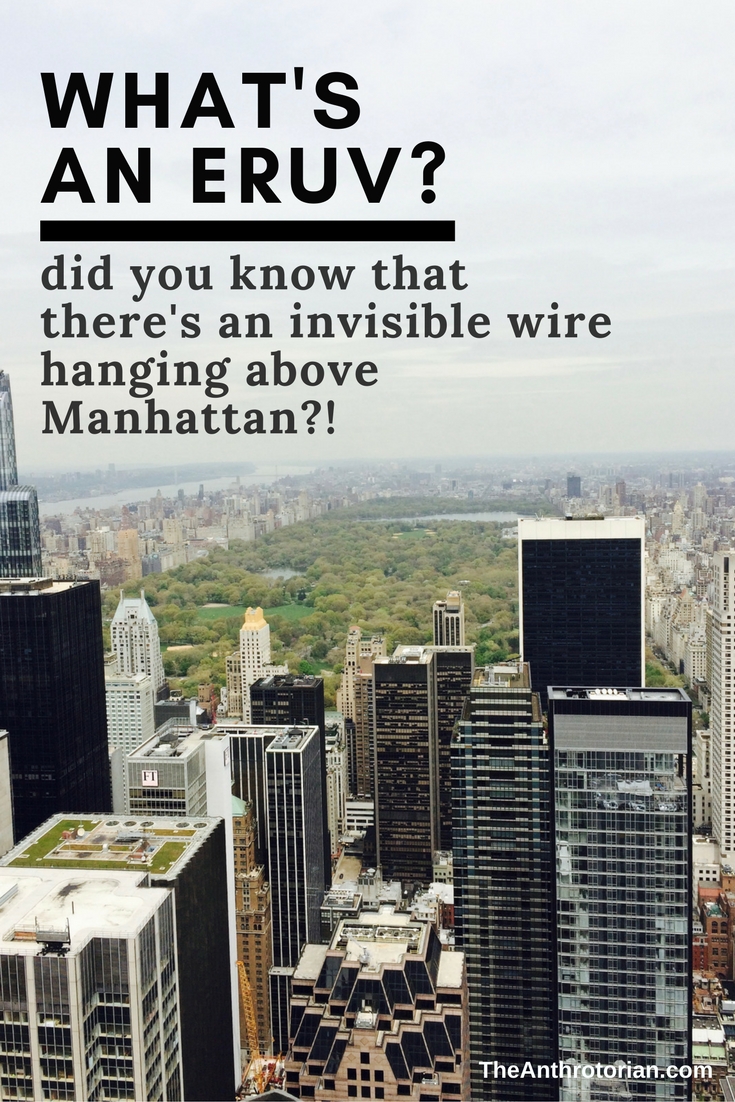Are you planning your first trip to NYC? You are in for a treat — there is a reason this is known as the city that never sleeps. There is a neverending list of things to do, experience, and explore.
Read MoreHow Important Is The First Line of A Book?
One thing I hear a lot in the publishing world is how important the first line is to a story.
Whether it is a short article or a 600-page novel, everything seems to rest on hooking the reader in that first sentence, that first thought, that should (in theory) set the tone for the rest of the piece.
Read MoreChina's One Child Policy Backfires
Introduced by China's Communist Government in 1978 as a way to regulate its population and alleviate social, economic, and environmental problems, the one-child policy restricted urban couples to having only one child.
According to Wikipedia, Chinese authorities claimed that this policy prevented between 100 – 400 million births!
That's A LOT of babies!
As you can imagine, a policy that regulates something as personal as creating a family has been met with a lot of controversy. It has led to forced abortions of females (despite the fact that it is illegal to tell parents the sex of their baby, it happens all the time), female infanticide, and is the most likely cause behind one of the biggest social issues in the country — an increasingly skewed sex ratio.
Why are men more desirable?
Though it sounds old-fashioned to our western sensibilities, in China a son is an asset because he will support his family, while daughters are married off and so contribute to their husband's family. Basically, only a son is a return on their investment. Male relatives are also the only ones allowed to perform ancestor rites that will ensure their parents a comfortable rest in the afterlife.
Because of the forced lack of females, one in five men in China face eternal bachelorhood. To put this into perspective, by 2020 there will be enough lifelong bachelors to match the population of Texas.
The rise of Bachelor Villages
Bachelor Villages — or small rural areas where there are no unmarried women and the uneducated, unmarried men cannot leave their small farms to search for a wife — are sadly becoming the norm. A fact that is worrying, as history shows that countries with an excess of men have higher rates of violence.
Leftover Women in China
One would think that because single women are so rare that they would have their pick of men, and that ladies who are self-sufficient and highly educated should go like hot cakes. Instead, the Chinese media is full of stories about highly educated "Leftover Women" who — in a country that still maintains a sense of hierarchy — are too intimidating to men, and too old (keep in mind that 'old' in China is over the age of 23) to find a husband.
Sadly, on the other end of the social spectrum, women from poor families are being forced into marriages, kidnapped for prostitution and even sold by their families to human traffickers.
Why not marry someone from a different country?
A logical question, but one that would be met with disgust in China, a Communist country that is proud of their homogenous population who has no interest in ‘mixing’ with outside ethnicities or cultures.
Related Posts
6 Things To Know About The Amish
1. There are about 8 subgroups of Amish who are themselves a subgroup of the Mennonite Christian faith.
2. The most traditional descendants speak Pennsylvania German (also known as Pennsylvania Dutch).
3. They live by a strict set of rules that include limiting the use of electricity and telephones, not driving automobiles, wearing plain (homemade) clothing, and never accepting help from government programs like Social Security.
4. Children only attend school until grade eight.
5. Rumspringa, or “running around” (recently made into an overdramatized TLC series called Breaking Amish) begins around the ages of 14-16, and is a time when young adults can break all of the rules and see what life outside their communities is like. During this time, those on rumspringa can wear “English” — aka modern — clothing, drink, use technology, and live in urban cities with NO penalty. This gives these young adults a chance to make an informed decision about whether they want to commit themselves to the church or not.
6. Baptism does not occur until around the ages of 16 and 25 (after rumspringa) which joins the individual with the church and community for life. Marriage can not occur until baptism does, and the Amish may ONLY marry individuals that are a part of their congregation.
Related Posts
Do Auras Exist? Exploring the concept of the human aura
Have you ever felt like your personal space has been invaded? Or, have you felt uncomfortable when a stranger stands too close? Was there ever a time when you told someone they were "glowing"? Have you been able to tell that something or someone was coming up behind you without even turning around? Can you sense that your friend is happy before they tell you? Do you ever feel connected to someone in a way that you can't explain?
These are just a few examples that can stand as evidence that a human aura exists.
Defining the human aura
The existence of an aura has long been a controversial subject due to the fact that like most ‘magical’ concepts, its existence cannot be scientifically proven or defined.
Anyone that you talk to — expert or layperson — will define and describe the aura in different ways.
It is “the interaction of patterns of energy, vibrating at interwoven frequencies and intensities” (Harrower). A luminous atmosphere that surrounds all living things. A link between our inner self and the outside world. Or, a reflection of the spirit that resides inside our bodies.
Some scholars believe that it is a characteristic of the human spirit (energy), which remains whole even if the body doesn’t. This can explain why, when an individual has a missing limb, the outline of the arm will still be present in that person’s aura and they may feel like their limb is still there.
Who can see auras?
According to my research, anyone has the potential to see auras, but unless you are a child or an animal (think about how intuitive they seem to be) it is something that you will actively have to practice, study and — most importantly — believe in.
Though there is scientific technology that can measure the electromagnetic field around the human body, what causes a lot of skepticism is that no two people who claim that they can see auras ‘read’ them or ‘see’ them the same way.
Some claim (think fortune tellers) that they can read a person’s education, background, potential, and future in their auras, while others may say that they can predict a physical injury or illness by seeing a ‘dent’ in the aura. There are those that believe that an aura’s colour will give a viewer information by the feelings that emerge from looking at the colour.
The concept of the aura in history
The concept of a human aura is present in many different cultures throughout human history.
Traditional Chinese Medicine uses the idea of a human energy system as a basis of its healing practices, Ayurvedic medicine found in India teaches how to balance energy in order to achieve optimum health and well-being, and the Hindu concept of Chakras claims that energy is taken from the environment through one of the seven of them to help revitalize the body and spirit.
A more ‘western’ concept is the practice of Therapeutic or Healing Touch, a medical practice that uses the power of the aura for practical purposes. It is defined by professionals as a practice that helps restore proper energy flow and entails the use of a ‘sixth sense’ and strong compassion that together aid in the re-balancing of energy.
So, does the human aura exist?
There is evidence to support both sides.
Though there is a strong case for the skeptics, it's hard to deny the fact that there is some kind of energy surrounding our bodies.
But can anyone actually see this energy?
At this point, with nothing ‘proven’ in a conventional way, it seems that the only person who can answer this question is you!
Pin Me!
Visiting Halong Bay in Vietnam: Where The Dragon Descends Into The Sea
I had to blink a few times when I half stepped, half tumbled out of the van that my bag and I had been crammed in the back of for almost five hours.
We had left Hanoi extremely early and I had slept for most of the 170-kilometer drive, making the people that were piling out of the van behind me still complete strangers.
Like lemurs, we followed our tour guide to a long wooden dock and onto a creaky boat which would be our home for the night.
After dropping my bag in my room and splashing some cold water on my face, I headed up to the main deck to make some new friends.
I was surprised to discover that in the fifteen minutes I had been in my room, we had pulled out of the dock and were already surrounded by the majestic, tree-covered limestone cliffs, rising mysteriously out of Halong Bay.
What is Halong Bay?
Considered to be one of the Natural Wonders of the World, Halong Bay consists of thousands of islands that rise out of the water in the Gulf of Tonkin on the east coast of Vietnam.
The name of the bay — Halong — literally means ‘where the dragon descends into the sea’, which comes from a local legend that explains how the awe-inspiring islands were created. According to this legend, one day a great dragon came down from the mountains. As it charged towards the coast, it’s flailing tail gouged out valleys and crevasses. When the dragon finally plunged into the sea, the areas that it had gouged out filled with water, creating the bay.
In reality, the islands are the peaks of a vast underwater mountain range that are dotted with beaches, grottos, and forested slopes filled with birds.
How to Visit Halong Bay
Visitors from all over the world come year round to visit this UNESCO world heritage site that boasts amazing coral reefs, mangrove forests and small freshwater lakes. They come to take boat cruises, explore the massive limestone caves, and kayak in the emerald waters.
Halong City is the gateway to Halong Bay, and where you will find information offices and the boat dock where tours begin from. If you are visiting the bay on your own, you will need to purchase an entry ticket at an information office. This entry ticket is usually included in the price of your tour if you are going that direction instead.
If you have the time, you definitely want to take an overnight tour. There is nothing like sleeping in a boat floating on the calm water in between the giant cliffs of the bay. It's breathtaking.
There are a bunch of different boat operators. The easiest way to book is through your hotel or hostel, or you can check out one of these tours that are recommended by Lonely Planet:
While floating silently through the bay, the sun staining the sky pink, the wind and waves gently rocking the boat, it was easy to understand why these stunning rocky islands are often referred to as nature’s sculptures.
Pin Me!
Hunting Down The Origin of The Triangle Shaped Hat
Have you ever wondered why we associate certain items with certain cultures? Where do these items come from?
Why does a floral lei make us think about Hawaii? Why does a double-decker red bus bring up images of London, and why does a triangle shaped hat make us think of the rice fields of Vietnam?
I couldn’t help but ask these questions while walking down a quiet street in Hoi An, Vietnam while watching a woman, wearing a stereotypical triangle shaped hat, as she pushed her bike, laden with pineapples, slowly down the street. Determined to discover the story behind the hat, I started asking around about its origin.
I didn’t have much luck.
When I asked a man selling these hats on a street corner, he looked at me like I was nuts and told me that he made them, while the women at the front desk of my hotel said that the goddess made them through her people’s hands. I even asked a bartender later that night, but his response was that he would tell me only if I came home with him — I passed.
Realizing that I was getting nowhere, I decided it was time to do some research of my own.
This is what I’ve discovered.
The history of the palm-leaf hat
The triangle shaped hat of Vietnam also called the Non la, or palm-leaf conical hat, made its first appearance over 3,000 years ago. Its origin comes from a legend related to the history of growing rice in the country:
There had been non-stop, monsoon rains and the countryside was being washed away when suddenly a giant woman came down from the sky. She wore a hat made of four, huge, round shaped leaves that were stitched together with bamboo sticks to guard her from the rain.
She stood tall, twirled the hat back and forth and dispersed the clouds and rain.
She then taught the people how to grow rice in their rain-soaked fields before disappearing back into the sky.
The people built a temple to her, The Rain-Shielding Goddess, and tried to mimic her hat by stitching together palm leaves in order to honour her.
How these traditional hats are made
Today, the conical hat is made out of palm leaves, bamboo, or bark from a Moc tree and was once different shapes depending on a person’s sex and ranking.
Now, it is mostly worn by farmers, boating people or tourists and is mainly made in the standard shape seen in most tourist photos.
In some rural areas like Sapa, north of Hanoi, locals still make high-quality hats with designs and poems sunk into them that are only visible under direct sunlight.
Why do people wear them?
Not only great sun protection, these hats can be used as baskets, fans, and are great shields to hide kisses behind.
They are not as easy to find in the big cities anymore, because they can’t be worn on motorcycles, the main mode of transport in the country, but you should have no problem finding hundreds of them for sale at one of the many smaller towns and villages throughout the country — just remember that they are a difficult souvenir to take on a plane!




























